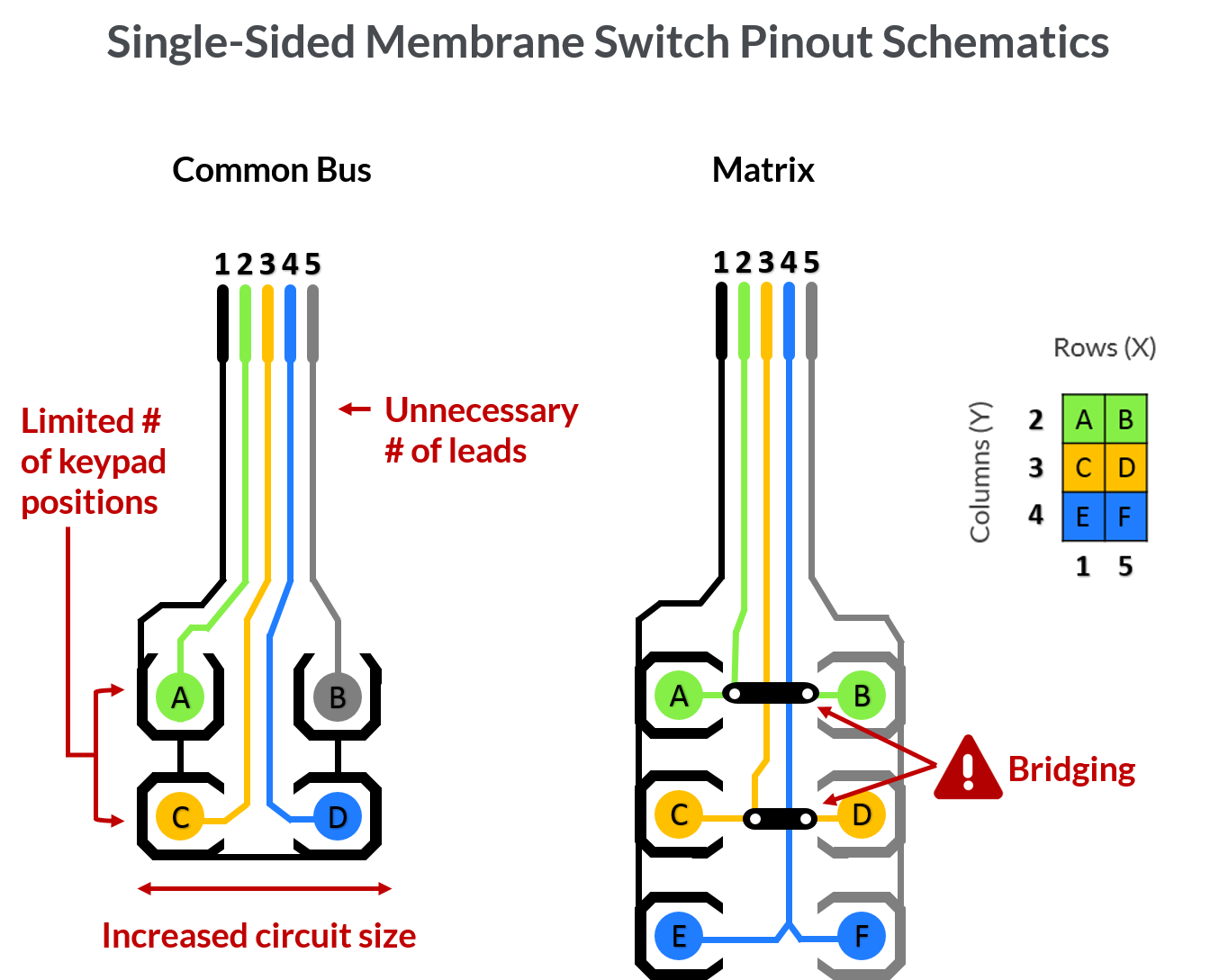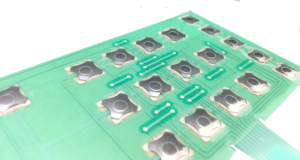Comprehending the Performance of Membrane Layer Switches Over for Interface Devices
The functionality of membrane changes stands for a considerable innovation in user interface design, combining effectiveness with aesthetic versatility. As sectors significantly focus on individual experience, recognizing the subtleties of membrane layer switch modern technology ends up being necessary.
What Are Membrane Layer Buttons?
Membrane layer switches are ingenious user interface gadgets that help with user interaction with digital devices. These versatile components contain several layers, consisting of a graphic overlay, spacer, and a published circuit layer. The style permits for a seamless integration right into different electronic gadgets, improving both the visual and functional facets of individual interfaces.
Membrane layer switches are typically used in a vast array of applications, from house devices to commercial machinery and medical tools. Their building normally includes a thin profile, making them a suitable option for small layouts. The tactile feedback provided by these buttons can be engineered to fulfill specific customer preferences, making certain reliable communication in between the user and the device.
Longevity is another significant advantage of membrane switches, as they are resistant to dust, wetness, and chemicals, which boosts their life-span sought after settings. Additionally, these switches can be tailored in terms of shape, size, and graphic design, allowing for branding and user-specific features. In general, membrane layer switches represent a useful option for enhancing individual experience in digital devices, integrating functionality with visual charm in an effective manner.
How Membrane Switches Over Job
Operating on a straightforward principle, membrane switches over use a split construction to sign up user input effectively. Each switch includes numerous layers, including a published circuit layer, a spacer layer, and a top visuals layer, which are created to interact perfectly. When an individual presses the top layer, it presses the spacer layer, bringing the conductive elements of the circuit layer into contact with each other.
This get in touch with produces a shut circuit, signifying the tool to implement a particular feature. The style enables numerous arrangements, consisting of responsive feedback, which can boost the individual experience by providing a physical sensation upon activation. The materials made use of in membrane switches typically consist of versatile substratums, such as polyester or polycarbonate, which ensure resilience and resilience versus wear and tear.

Key Advantages of Membrane Layer Switches

One more significant advantage is their compactness. Membrane buttons are thin and lightweight, which makes it possible for makers to conserve area in their devices without giving up capability. This function is especially helpful in applications where weight and volume are essential factors to consider.
Additionally, membrane switches are immune to dust, moisture, and chemicals, enhancing their longevity. This strength expands their life expectancy and reduces the demand for constant substitutes, resulting in price financial savings over time.
Furthermore, the responsive feedback offered by membrane switches can be optimized to enhance individual interaction. They can consist of features such as raised buttons or audible clicks, enhancing use and you can try this out user experience.
Applications Throughout Industries
Interface devices utilizing membrane layer buttons prevail in a wide range of sectors, showcasing their flexibility and capability. Membrane Switch. In the medical market, membrane layer buttons are indispensable to devices such as diagnostic equipment and patient surveillance systems, where their toughness and ease of cleaning are essential for preserving health criteria. Similarly, in the automobile market, these buttons are utilized in control panel controls and infomercial systems, giving a smooth and modern-day interface for individuals.
Furthermore, the consumer electronics industry take advantage of membrane buttons in home appliances and handheld devices, where small style and easy to use interfaces boost user experience. Industrial applications also utilize membrane layer switches over for control board in equipment and automation systems, stressing their toughness and resistance to extreme atmospheres.
In the aerospace and defense industries, membrane layer switches are utilized in cabin controls and tools, where integrity and efficiency under extreme problems are paramount. In addition, the video gaming industry significantly includes membrane layer buttons in controllers and arcade machines, adding to an engaging user experience. On the whole, the versatility of membrane layer switches allows their extensive usage throughout countless markets, emphasizing their relevance in modern-day interface style.
Future Trends in Membrane Layer Change Technology

In addition, using innovative products, such as polycarbonate and polyester movies, is anticipated to increase, offering enhanced toughness and resistance to environmental stressors. These materials add to the general long life of membrane layer switches, making them suitable for harsher industrial applications.
Moreover, the unification of clever technology, consisting of IoT connection, will make it possible for membrane switches to interact with other gadgets and systems, facilitating a much more interactive user experience. This trend aligns with the growing demand for smart gadgets across different markets, from health care to customer electronic devices.
Lastly, customization options are anticipated anchor to broaden, allowing producers to develop bespoke services tailored to details customer requirements and preferences. These developments will position membrane layer switches as vital elements in the evolution of interface innovation.
Conclusion
In conclusion, membrane layer changes represent a crucial innovation in customer interface innovation, supplying a reputable and functional service for varied electronic applications. As innovations in product scientific research and touch noticing modern technologies continue, the functionality and applicability of membrane layer buttons are expected to increase, strengthening their value in modern electronic devices.